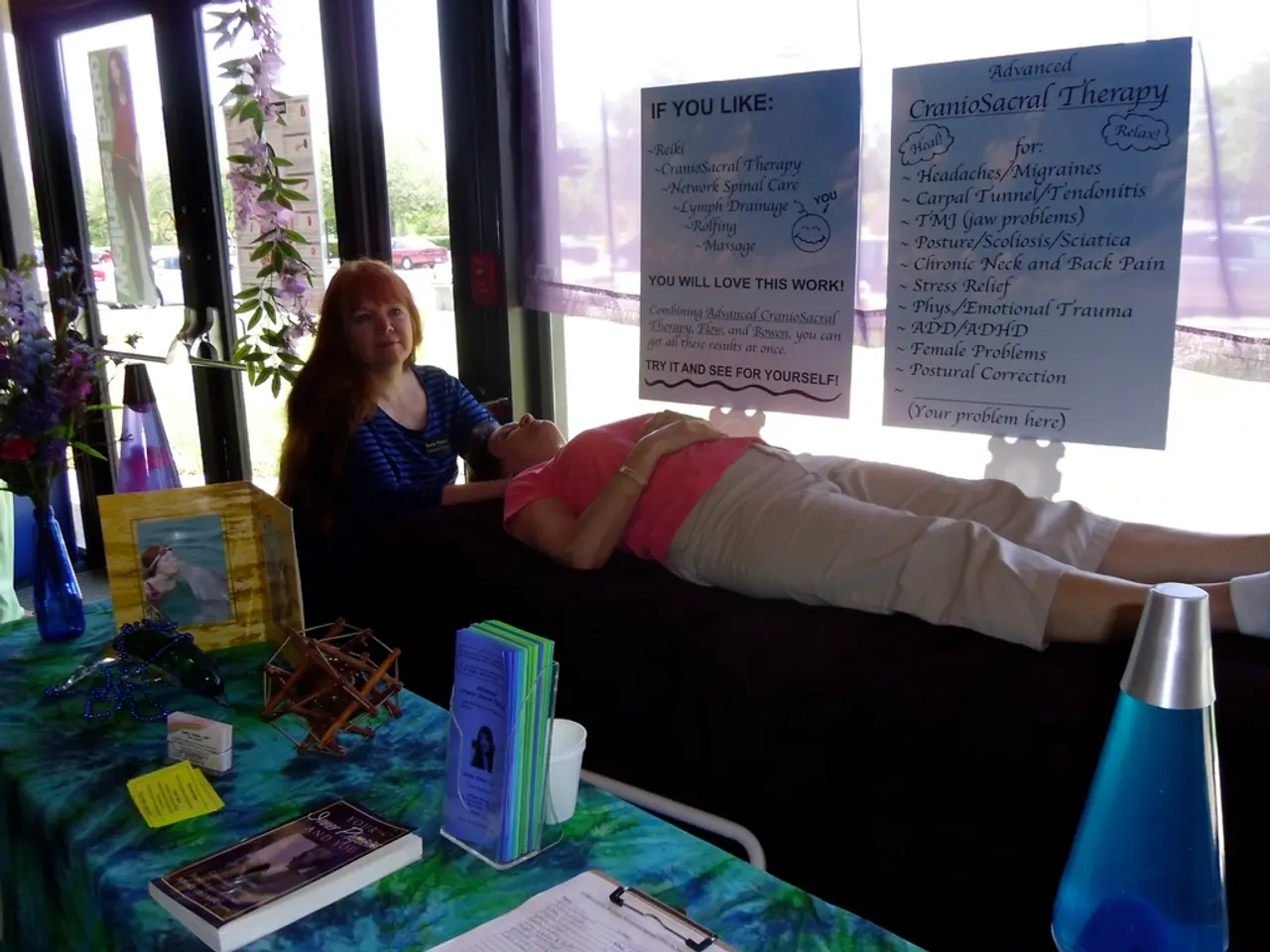Winter Blues: 5 Proven Strategies to Maintain Happiness During the Cold Seasons
Seasonal Affective Disorder (SAD), a seasonal condition that manifests during autumn and winter, is characterized by low moods, lethargy, and sleepiness. Two possible causes of SAD are changes in body clock and imbalance of brain chemicals, such as melatonin and serotonin.
A synergistic effect of combining light therapy, good nutrition, exercise, and cognitive behaviour therapy (CBT) in treating SAD has been observed. This approach addresses the biological, psychological, and lifestyle factors of SAD simultaneously, leading to more sustained and effective symptom relief than using any one method alone.
Light therapy rapidly mitigates biological causes of SAD by regulating neurotransmitter and hormonal imbalances affected by seasonal light changes. The National Health Service (NHS) recommends light therapy as a treatment for SAD, requiring 30 minutes near a light source (10,000 lux) each morning.
Good nutrition supports brain health and overall energy levels, with 5-HTP, the direct precursor to serotonin, being a notable nutrient. Low vitamin D levels, activated by sunlight, affect serotonin production in SAD.
Exercise enhances mood and physical health, contributing to improved sleep and reduced anxiety and depression symptoms. A study found that a week of exercise reduced depressive symptoms by almost 70% in SAD patients, while another study reported a 50% improvement in mood after two weeks of an hour of morning exercise. Exercising under bright light (2500 lux) led to greater reduction in depressive scores compared to exercising under regular room light.
CBT targets negative thought patterns and behaviors associated with SAD, improving coping strategies and reducing depressive symptoms. CBT sessions twice a week over six weeks show benefits for SAD symptoms. The National Institute of Health and Care Excellence (NICE) recommends CBT as one of the treatments for SAD.
A combination of light therapy and CBT led to SAD recovery in 70% of participants, compared to 40% of CBT and 50% of light therapy treated participants. This synergy aligns with established clinical understanding of multimodal treatment approaches for depression-related disorders and seasonal mood dysregulation.
While no recent specific studies on the synergy of all four treatments together for SAD were found, clinical practices and research generally support combining behavioral therapies (like CBT), lifestyle interventions (exercise, nutrition), and biological treatments (light therapy) to maximize outcomes in mood disorders, including SAD.
Recovery from SAD symptoms typically occurs by spring/summer. The synergistic effect of combining these treatments offers a promising and comprehensive approach for managing SAD symptoms during the autumn and winter months.
[1] National Institute for Health and Care Excellence (NICE). (2013). Light therapy for depression. Retrieved from https://www.nice.org.uk/guidance/cg31/chapter/1-Recommendations#light-therapy
[2] National Institute of Mental Health. (2021). Seasonal Affective Disorder (SAD). Retrieved from https://www.nimh.nih.gov/health/topics/seasonal-affective-disorder-sad/index.shtml
- It's been observed that a combination of light therapy, cognitive behavior therapy (CBT), fitness and exercise, and health-and-wellness practices, such as good nutrition, can offer a synergistic effect in treating Seasonal Affective Disorder (SAD).
- Light therapy, as recommended by the National Health Service (NHS), helps regulate neurotransmitter and hormonal imbalances in SAD, while good nutrition supports brain health and overall energy levels, for instance, through 5-HTP, the direct precursor to serotonin.
- Exercise, particularly when combined with bright light, has been found to enhance mood and contribute to improved sleep and reduced anxiety and depression symptoms, making it a beneficial component in the multimodal treatment approach for SAD.




